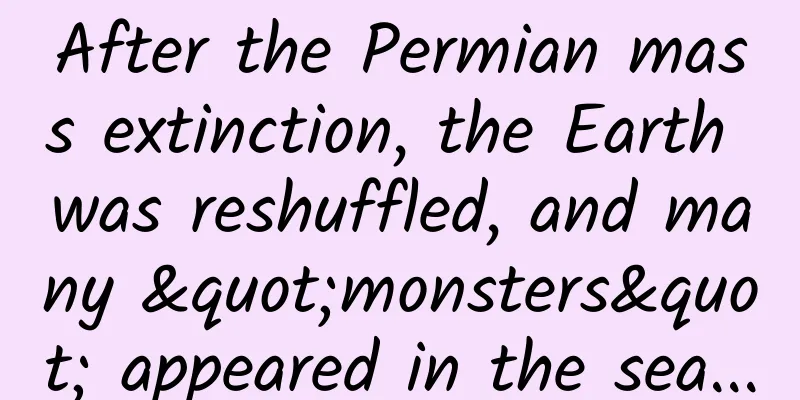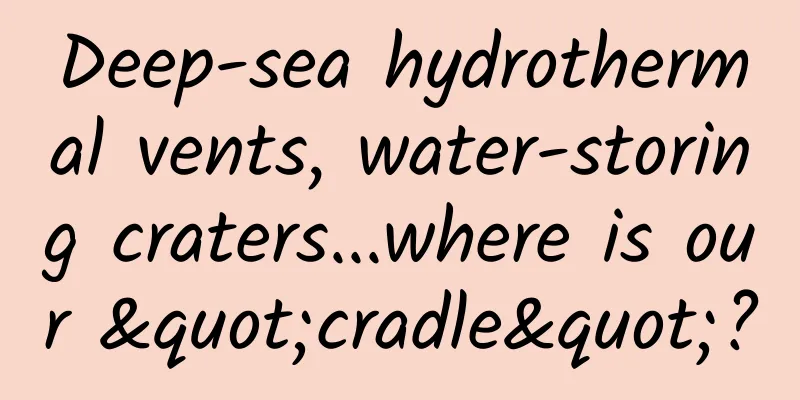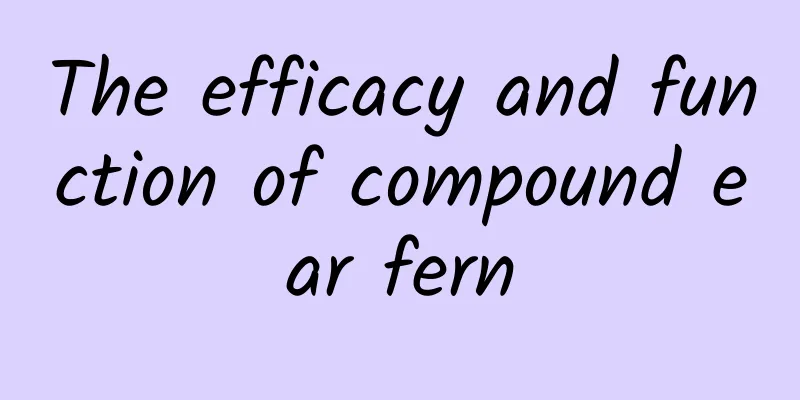After the Permian mass extinction, the Earth was reshuffled, and many "monsters" appeared in the sea...

|
The distinctive feature of the placodontosaurs are their millstone-shaped teeth, which include the shelled lycodontosaurs and the shellless placodontosaurs. Their fossils are mainly found in today's Central Europe and South my country. The limbs of Placodontosaurus were not fully specialized, and it did not show the characteristics of being fully adapted to aquatic life. Scientists speculate that Placodontosaurus mainly lived in near-shore shallow sea areas. In the Triassic period, ichthyosaurs and nothodonts evolved into more ferocious predators, while Placodontosaurus was smaller in size and mainly ate mollusks. Therefore, compared with speed and flexibility, defense was more important to Placodontosaurus. Placodontosaurs are generally fat, with short and thick legs and a bulky body. Except for the early members, most of them are covered with bony plates. Their appearance is similar to that of the current Testudinata. Many of their living habits are also similar to those of the Testudinata creatures, but the two have only evolved in parallel and there are still many obvious differences. For example, most placodontosaurs have flat, thick, block-shaped teeth, which are convenient for crushing the shells of mollusks, while the teeth of living turtles have mostly degenerated and evolved into beaks; the skull of placodontosaurs has a pair of complete temporal fenestrae more than that of turtles; in addition, the head of placodontosaurs cannot be retracted into the shell, the tail is longer than that of living turtles, and the carapace structure is also different. The swimming method of placodontosaurs and turtles may also be different. Although Placodon had tried its best to arm itself and protect itself, it still did not survive the fourth mass extinction event in the Triassic period. Scientists speculate that the cause of extinction may be related to its relatively single food source. |
<<: When the soil is "shouting acid", how can organic fertilizer "turn the tide"
Recommend
Is the human-shaped Polygonum multiflorum real?
Polygonum multiflorum is a common Chinese herbal ...
The efficacy and function of Clematis chinensis
Friends who don’t know Cotton Clematis will not u...
The efficacy and function of summer bitter grass
Prunella vulgaris is actually what people often c...
"Algae Ceiling" Fridge Magnets Go Viral on the Internet, What is "Algae Ceiling"? Why is it so "magical"?
Recently, a refrigerator magnet in the shape of a...
Drinking tea incorrectly can harm your health! These 3 types of people should drink less
The habit of drinking tea It seems to be engraved...
@Parents of college entrance examination candidates: Please check this college entrance examination dietary guide!
The college entrance examination is a big event f...
Can you eat as much vitamin gummies as you want? More is not necessarily better! There are some tips for eating →
In today's dietary supplement market, vitamin...
Wild kudzu root leaf picture
Wild Pueraria contains 12% flavonoids and polysac...
The efficacy and function of Da Wawei
We are all familiar with it when it comes to Dalb...
The efficacy and function of Zishi
Zizishi is a traditional Chinese medicine. In add...
From artificial intelligence to Landau School, what have we lost in these years?
From artificial intelligence to Landau School, wh...
Effects and functions of large-bracted water bamboo leaves
Water bamboo leaf belongs to the Angiospermae, Mo...
Medicinal properties of Scutellaria barbata
Scutellaria barbata can effectively help us treat...
Plague warning! Catching pikas and touching groundhogs, is that a risk to your life?
Summer vacation is here, and more people are trav...
Why does my throat always feel like it’s “swallowing a razor blade” even though I drink a cup of coffee every day?
Ms. Zhang, a white-collar worker in Hangzhou, is ...









